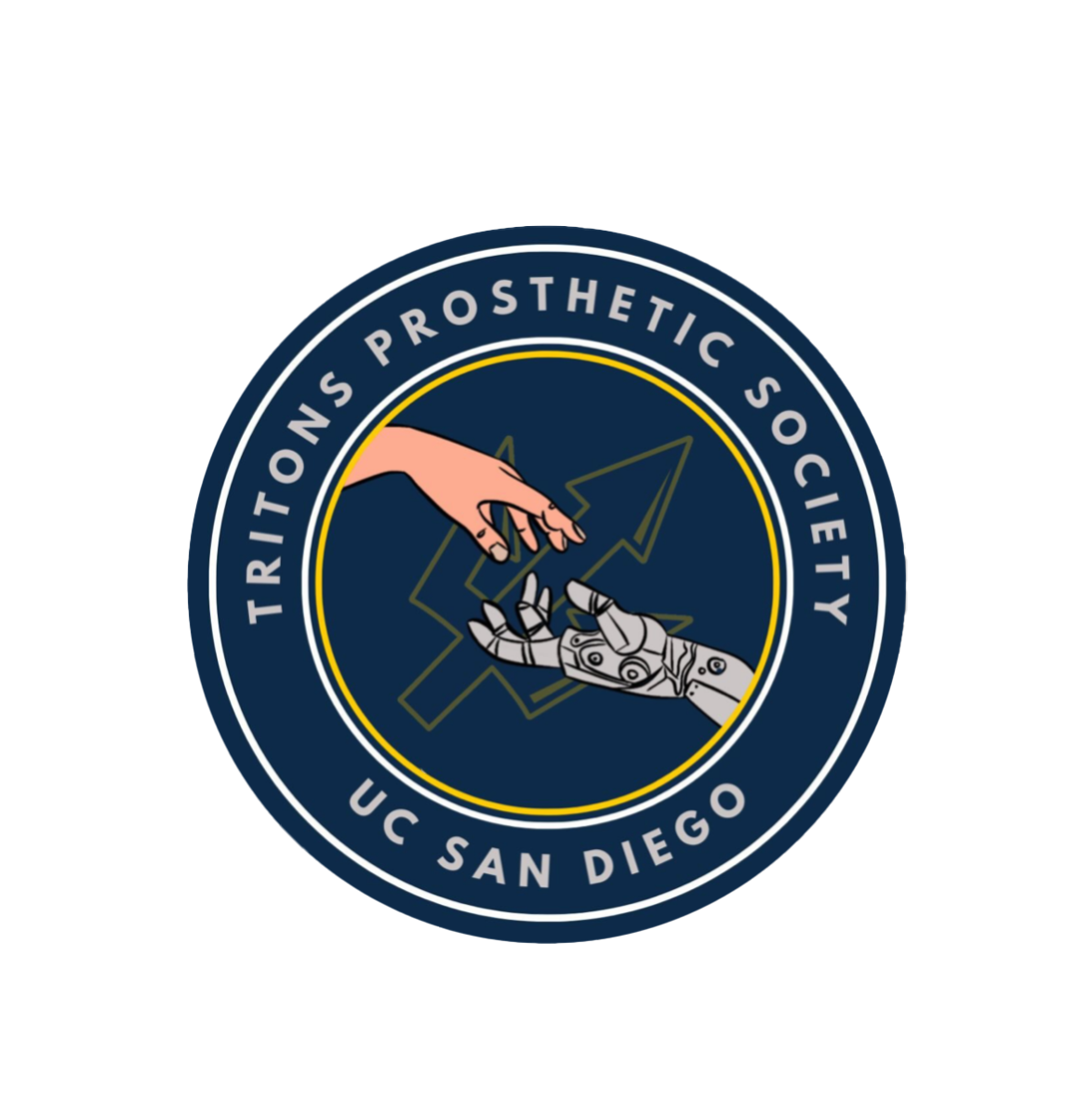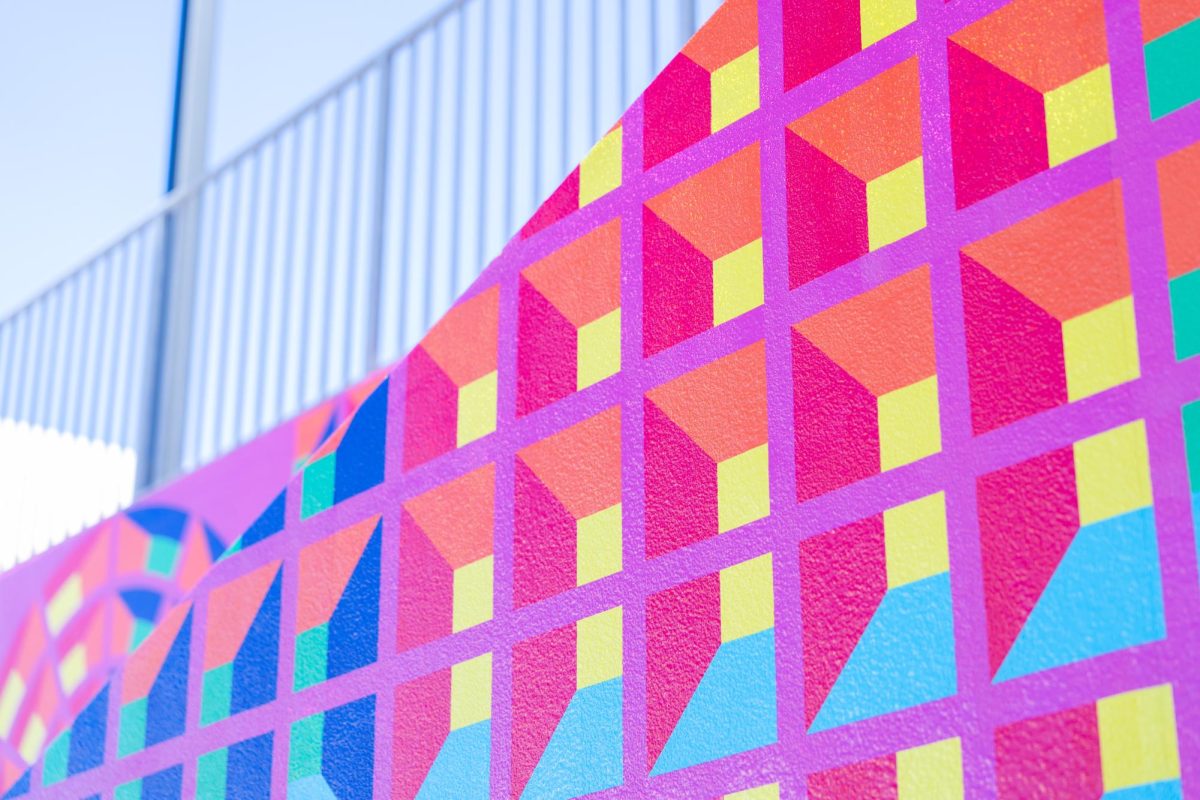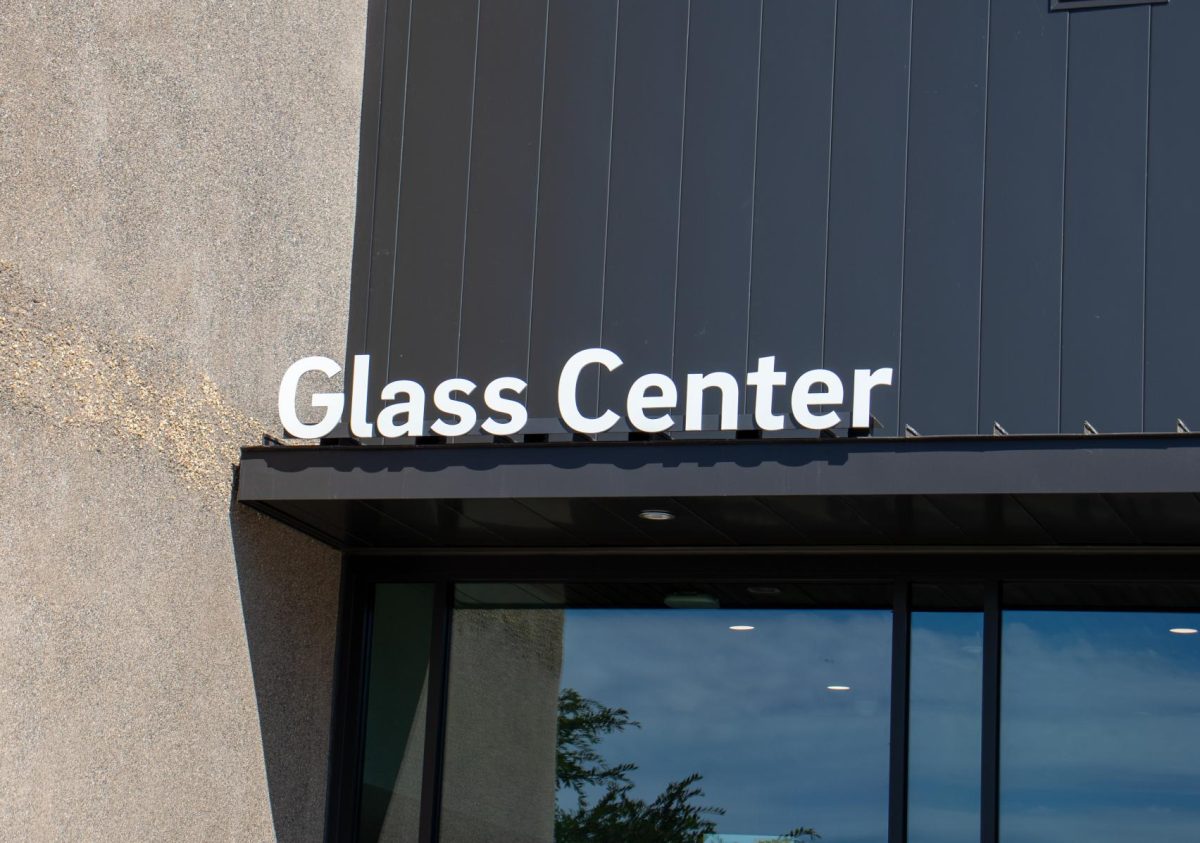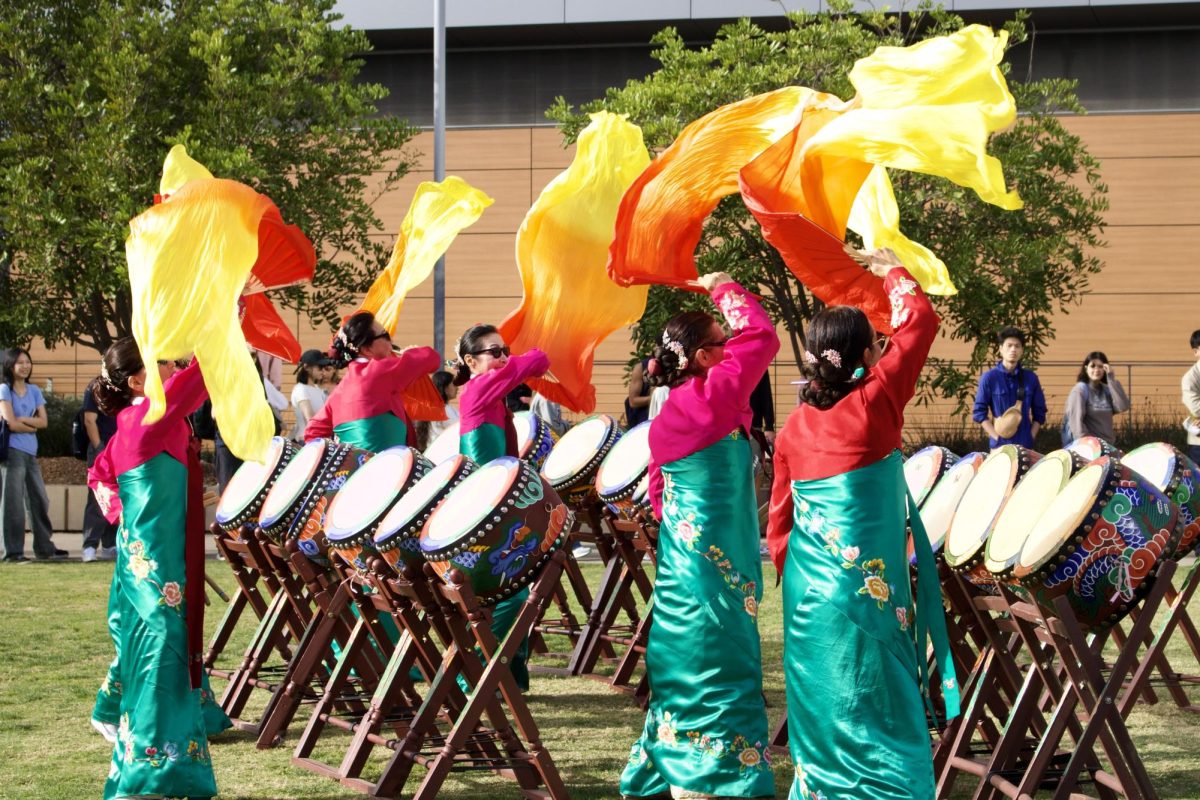After treading up five flights of stairs and stepping
through the double doors leading into the burn unit at the
one’s senses are immediately assaulted with the jarring smell of burnt flesh
hanging heavily in the air. The tenacity with which the 18-bed unit has tackled
the strains of an unprecedented fire emergency has once again made the hospital
a hub of media attention, this time for treating victims of the devastating
fires this week.
Recognized as the only specialized burn unit in the San
Diego and Imperial counties, the hospital has treated many of the area’s fire
victims. To date, the unit has treated 47 fire-related injuries due to surface
or inhalation burns. Currently, there are eight patients in critical condition
and 10 in rehabilitation. Nineteen out of the 20 other patients that were
previously in critical care have been upgraded to the hospital’s general ward.
Laura Everett, an administrative assistant, described last
week in the burn unit as “chaotic, but in control.”
Burn Unit Charge Nurse Janine Dubina, like all of the staff,
underwent a harrowing week dealing with crisis conditions in the unit. Living
between Lakeside and Ramona, she had to evacuate early in the week, but still
came to work ready and able.
Most patients came in during the first two days of the fire,
and while new cases have tapered off for the moment, Dubina said she expects
the number of patients to increase as the weeks progress. She said that more
people will likely start trickling in now that the fires have died down and
residents are returning to their normal routines like after 2003’s Cedar Fires,
the disaster that put the burn unit in the national spotlight.
“Most people didn’t come in to seek care because they were
worried about their home and their family,” Dubina said.
The current patients’ burn degrees range from 20-90 percent,
some of them being treated for inhalation as well as surface burns. Although
response efforts brought victims in quickly enough to be intubated before any
internal swelling choked off their airways, some patients’ bodies have swelled
so much internally that removal of intubation tubes is now impossible.
Among those still being cared for are two severely burned
patients who were found running in canyons after being surprised by the rapidly
spreading fire. Both are wrapped in bandages and gauze from head to foot,
hooked up to breathing tubes, and unable to rest on their backs. Brought in on
Oct. 23, the pair has been identified as “border crossers” after being found by
the Border Patrol.
Dubina said their story is as chilling as the injuries they
sustained.
“You can tell they had their hands covering their faces,”
she said. “There were people running behind them, but when they looked back,
they were gone.”
The intensity of their injuries and their status made it
difficult to identify the patients until three days after they came to the burn
unit.
Dubina said that one of the major health concerns from the
fires is smoke inhalation. Having burned through many commercial and
residential developments, smoke is rife with plastics, paint and other chemical
pollutants that can cause lung damage. Smaller particles in the air farther
away from the fires can be more hazardous than the smoke and ash closer to the
fires themselves.
In order to protect patients and staff from the outside air,
high-efficiency particulate air filters are stationed near the unit’s doors,
and indoor air quality is checked daily to ensure a sterile environment.
Lasting impressions from the Cedar Fires pushed the county
to make sure that the same mistakes would not be repeated.
For instance, the implementation of a reverse-911 program
saved many more lives last week, allowing people to evacuate properly and be
informed ahead of time of the disaster. The hospital also now has a
better-developed relationship with Cal Fire, allowing for stronger lines of
communication, Dubina said.
“For everyone that complains about UCSD running disaster
drills, this is the reason we knew what to do,” she said.
The staff prides itself on a strong sense of camaraderie, a
bond that staff members said helped strengthen their team’s efficiency when
patients began to piling up at the burn unit.
Many nurses and doctors
ignored orders to evacuate their homes, instead coming in to work
12-hour shifts and occasionally overtime, just to make sure the unit wasn’t
left short-handed. On Oct. 21, the unit was graced with extra nurses, according
to registered nurse Jami Lewellen.
“Night shift nurses stepped outside and smelled smoke on the
air, they just knew to come in,” she said.
Even students from UCSD who normally volunteer at the
hospital came to help, retrieving any extra equipment or blood that was needed,
even though campus had shut down for the week. People from around the county
brought in lunches and dinners for the burn unit’s staff members, creating an
environment where nurses and doctors rarely, if ever, need to leave the floor.
Everett said she attributes the unit’s success in the past
week to its very close-knit core staff.
“We’re more like an extended family,” she said.






